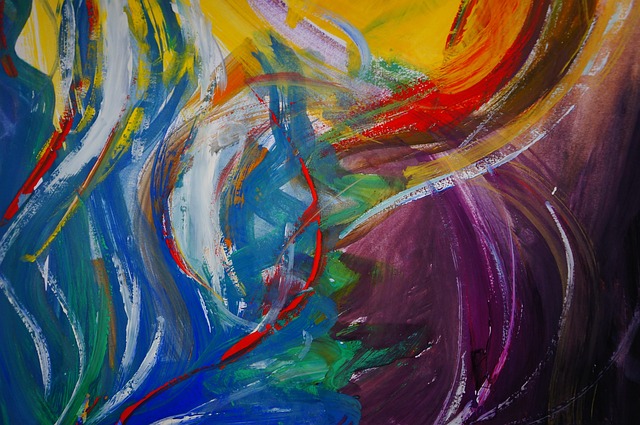Abstraction in photography is a powerful concept that invites viewers to engage with images on an emotional and intellectual level. It challenges the boundaries of traditional representation, allowing photographers to explore the essence of their subject matter rather than merely depicting it. By embracing abstraction, photographers can transform ordinary scenes into extraordinary visual experiences that stir feelings and convey deeper meanings.
At its core, abstraction is about seeing beyond the literal. A photograph is not simply a record of reality; it’s a unique interpretation shaped by the photographer’s perspective. When you pick up your camera, consider the elements of composition and how they can be manipulated to create abstract images. Look for lines, shapes, colors, and textures that evoke emotion or capture the viewer’s imagination. Think of how an ordinary object, when seen through the lens of abstraction, can gain new life and significance.
Optics play a crucial role in this exploration of abstraction. The choice of lens, focal length, and aperture can drastically alter the way a scene is perceived. Experimenting with shallow depth of field can isolate subjects, blurring the background and focusing the viewer’s attention on the essence of the subject. Alternatively, using a wide-angle lens can exaggerate shapes and create distortions that add dynamism to your imagery. Each decision in the optical process should be intentional, as it can influence the abstraction you wish to convey.
Composition also holds the key to powerful abstract photography. The rule of thirds may serve as a reliable guide, but breaking away from these conventions can lead to striking results. By centering your subject or positioning it in unexpected locations, you are not just showing a subject; you are inviting the viewer to explore its meaning. Leading lines, symmetry, and patterns can guide the eye and create a sense of movement or tension within the frame, drawing the viewer into a deeper interaction with the image.
Light is another essential aspect of photographic abstraction. The interplay of shadows and highlights can unlock emotional layers in your images. Soft, diffused light can evoke feelings of calm and serenity, while harsh, direct light can introduce drama and intensity. Pay close attention to how light interacts with your subjects and adjust your composition accordingly. It might be fascinating to capture the mundane during golden hour, where the play of light creates an ethereal quality, infusing your photographs with a sense of wonder.
Additionally, consider the power of color in your abstract compositions. Colors can elicit emotions and associations, so the choice of hues can dramatically influence the viewer’s experience. Warm colors tend to awaken feelings of passion and energy, while cool tones often evoke calmness and contemplation. Don’t shy away from manipulating colors in post-processing to enhance the abstract qualities of your images, but remember to stay true to the emotions you wish to convey.
As you embark on this journey of abstraction in photography, allow yourself to be liberated from the constraints of traditional representation. Trust your instincts and explore various subjects, angles, and compositions. Whether it’s the gentle curves of a petal or the geometric lines of urban architecture, poetry lies in finding beauty in unexpected places. In this pursuit, you may discover not only unique images but also an enriched understanding of the world around you.



